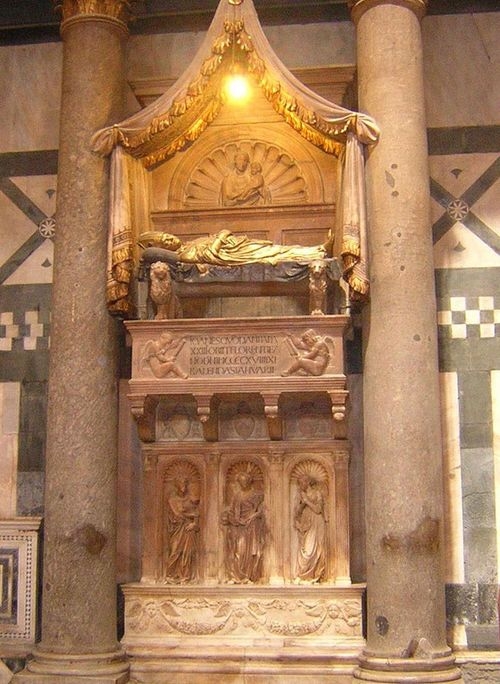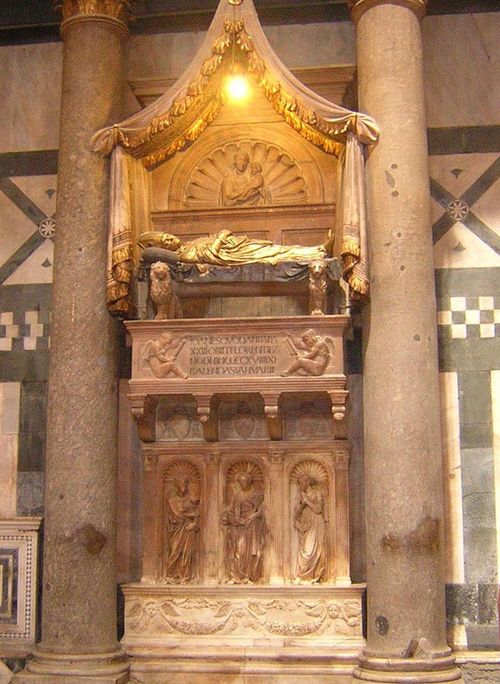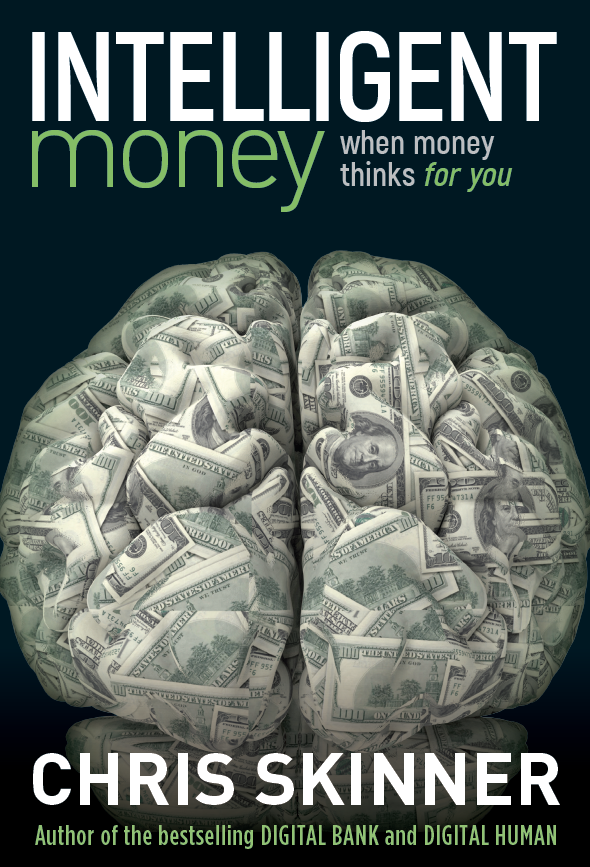
Building upon yesterday’s blog about the Medici’s and the close relationship between religion and finance, there’s another close relationship that needs to be noted: finance and art.
Obviously, artists cannot flourish without some benefactor and all the greatest art of history has been financed by Emperors, Kings, Dukes and bankers.
However, it was the Medici’s that set up the close relationship between art, religion and finance, beginning with the founder of the bank, Giovanni di Bicci de' Medici.
Giovanni became the first patron of the arts in the family, supporting Masaccio and commissioning Brunelleschi for the reconstruction of the Basilica of San Lorenzo in Florence in 1419.
In fact, the prominence of the Medici’s benefaction came to the fore on the death of the papal candidate and friend of the family, Pope Giovanni XXIII. As mentioned yesterday, he died in the Medici household and Giovanni di Bicci de Medici was given the task of executor, along with three other prominent Florentine citizens.
The ex-pope had requested to be buried the Baptistery which, at the time, was the oldest and most holy place in Florence. Only three Bishops had been buried there in the past, in plain caskets, and nothing too prestigious existed as a memorial as nothing was meant to distract from prayer.
Giovanni allowed his son, Cosimo, to look after the memorial and Cosimo immediately hired Donatello and the sculptor Michelozzo to design the memorial works.
They were given severe limitations, such as only erecting the work between two pillars but, due to an oversight, they built as high as they could: 24 feet up the side of the church.

Source: Museums in Florence
Nothing too over the top there?
This is what got the Medici’s noted in Florence and led to their close engagement in supporting the arts and sciences. In fact, some attribute the Renaissance itself to the Medici’s and when you think that it is estimated that Cosimo de Medici spent approximately 600,000 gold florins supporting architecture, science, art and other philanthropic efforts through his life, it’s not surprising.
The fortune left to Cosimo by his father, Giovanni, totalled 180,000 florins, so he spent over three times his massive inheritance on the arts and sciences.
This amount is clearly extraordinary.
To put it in context 1,000 florins would build a Palace, 50 florins would buy a slave or mule, 35 florins would rent a house for a year, and 10 florins would pay a maid’s wages for a year.
Cosimo’s grandson Lorenzo continued this work, becoming close to Michelangelo Buonarroti (1475–1564), who produced work for a number of Medici and completed their family tombs in Florence.
Lorenzo also served as patron to Leonardo da Vinci (1452–1519) for seven years, as well as other key Renaissance masters such as Botticelli.
The Medici didn't just support the arts and architecture. They also supported science funding the scientist Galileo Galilei in his efforts to explore the universe. Galileo also worked as a tutor for the Medici children and, although the names were later changed, initially named four of the moons of Jupiter after children of the Medici family.
After the collapse of the bank under Piero at the end of the 15th century, surviving Medici generations continued to generate influence over Renaissance Europe with four Popes emerging from the Medici family lineage: Leo X, Clement VII, Pius IV and Leon XI.
The Medici Popes continued the family tradition of patronizing artists, but now in Rome.
Pope Leo X chiefly commissioned works from Raphael, whilst Pope Clement VII commissioned Michelangelo to paint the altar wall of the Sistine Chapel just before the pontiff's death in 1534.
They were even responsible for Europe’s most renowned museum: the Uffizi when Cosimo I de Medici (1519-1574) moved the Florentine administrative offices into a building where he also established a small museum. The building is now Florence's famed Uffizi Gallery, home to many of the great Renaissance-era treasures amassed by the Medici’s.
It was Cosimo I’s wife Eleanor who was responsible for the purchase of the Pitti Palace from Buonaccorso Pitti in 1550, making the Medici’s still the most significant influence on Renaissance life.
As can be seen, the nature of power, finance and art is a close one, and remains so today.
For example, Intesa San Paolo responsible for supporting La Scala opera house in Milan whilst Banco Populare di Milano are providing the funding for the restoration of the frescos in the amazing Church of San Maurizio al Monastero Maggiore in Milan.
More on the modern implications of the Medici’s legacy tomorrow.
Chris M Skinner
Chris Skinner is best known as an independent commentator on the financial markets through his blog, TheFinanser.com, as author of the bestselling book Digital Bank, and Chair of the European networking forum the Financial Services Club. He has been voted one of the most influential people in banking by The Financial Brand (as well as one of the best blogs), a FinTech Titan (Next Bank), one of the Fintech Leaders you need to follow (City AM, Deluxe and Jax Finance), as well as one of the Top 40 most influential people in financial technology by the Wall Street Journal's Financial News. To learn more click here...






















